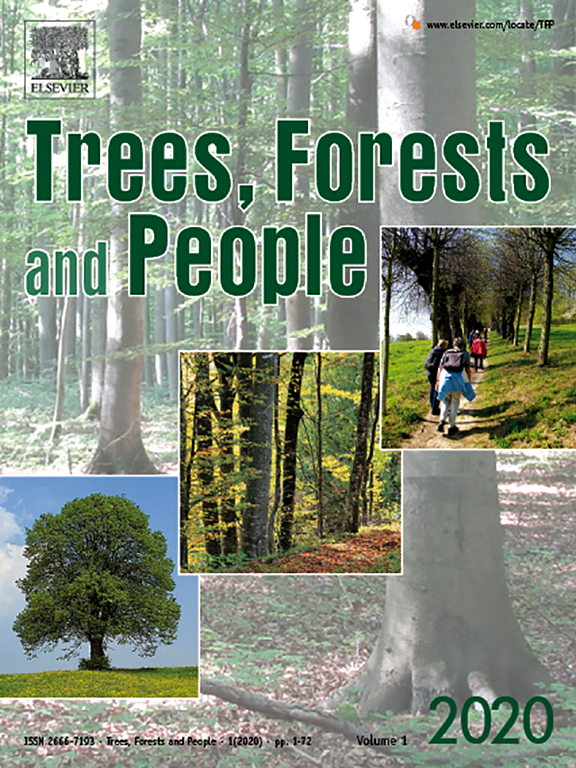Human-induced changes in the natural environment are affecting the provision of ecosystem goods and services (EGS). Land use plans rarely include the value of public ecosystem services such as climate regulation and biodiversity due to difficulties in valuing these services. In this study, we assessed total economic value for five important ecosystem goods and services under five future land-use scenarios using varying levels of costs, prices and discount rates. Results indicated that at higher discount rates normally applied to commercial activities, and assuming the current prices for goods and services, net present value (NPV) was highest for landscape management scenarios aimed at maximising agricultural production. Potential income from services such as carbon and biodiversity does not offset projected income lost from agriculture due to land-use changes. At higher discount rates, NPV was negative for the two scenarios aimed at enhancing the longer term ecological sustainability of the landscape. These results indicate that income from carbon sequestration and biodiversity conservation would need to be considerably higher than current levels in order to justify focusing management of this landscape on ecological outcomes. At lower discount rates (at levels normally associated with public investments), the more ecologically appropriate 'mosaic farming system' had the highest NPV, indicating that this type of system might be attractive for investors interested in longer term return horizons or wider public benefits. Higher income from carbon or biodiversity, or increased return from timber by using high value tree species, could potentially make more ecologically appropriate systems profitable at higher discount rates. (c) 2014 Elsevier Ltd. All rights reserved.
Download:
DOI:
https://doi.org/10.1016/j.landusepol.2014.03.008
Altmetric score:
Dimensions Citation Count:

Publication year
2014
Authors
Baral, H.; Keenan, R. J.; Sharma, S. K.; Stork, N. E.; Kasel, S.
Language
English
Keywords
natural resources management, land use change, biodiversity, conservation, species diversity, enterprises, ecosystem services
























